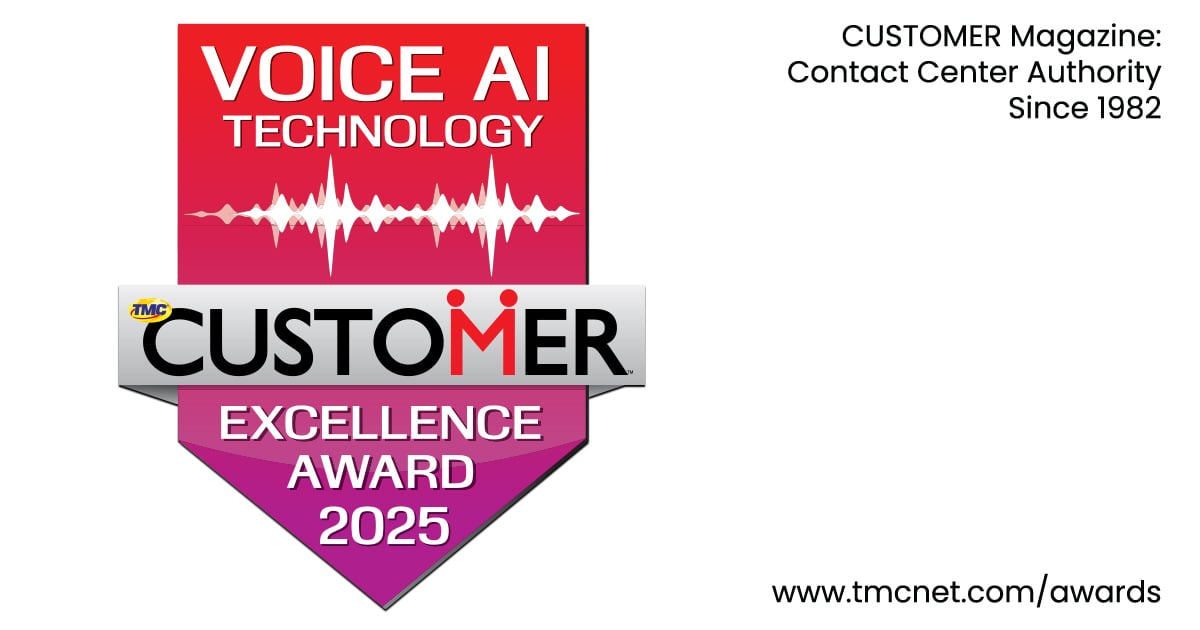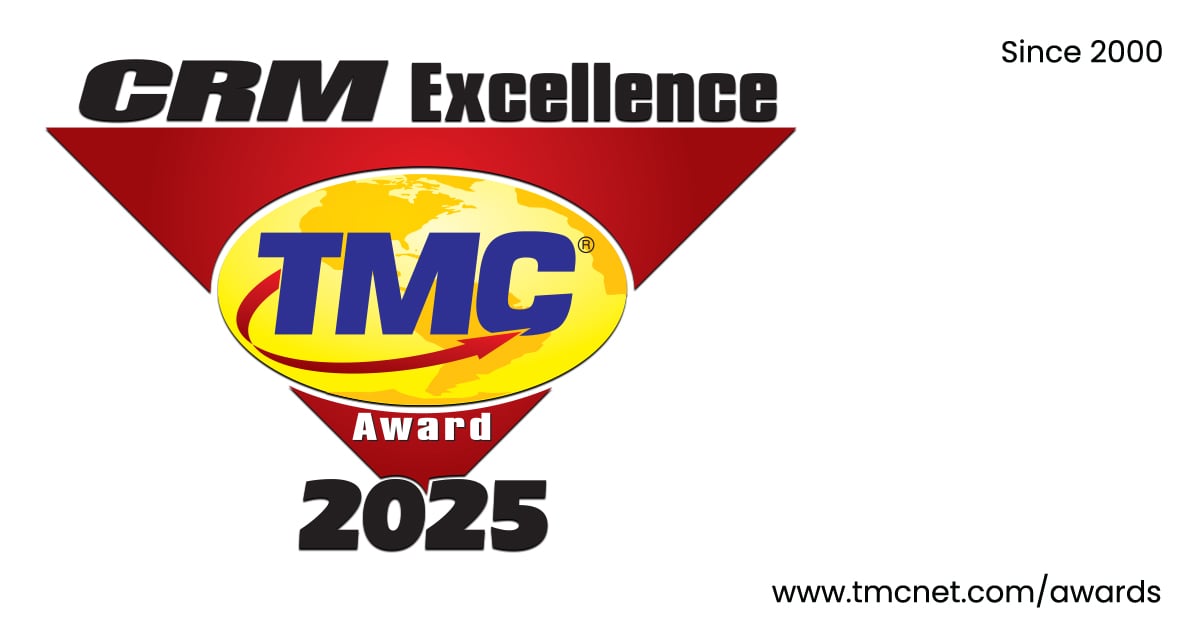This is the final installment of a three-part series. Read more in parts one and two.
8. Treating all customers the same – All customers are not created equal, and this is where canned responses and enforced scripting can go horribly wrong. Witness this verbatim, slightly redacted transcript from a recent test chat I had with one of the most popular home automation companies:
Lee: I'm getting ready to buy some things and wanted to know, if I buy a XXXXX hub, if you'll support whatever I have running off of it.
Agent: I should be able to let you know. What are you thinking of connecting to it?
Lee: Lighting, a thermostat and a garden system.
Agent: So right off the bat, the XXXXX Hub supports a number of different lighting devices. Z wave switches, Zigbee lights. Thermostats generally don't require the XXXXX Hub unless they are Z wave thermostats. Most thermostats we support are all connected via API. <etc., etc.>
You get the picture. This well-meaning, friendly support agent hadn’t done anything to ascertain whether I was Steve Wozniak or a co-star of “Dumb and Dumber” before immediately launching into a jargon-laden tutorial. In this case, I was playing a naive homeowner and I would have been put off by this barrage of unfamiliar technical terms. On the other hand, if I had some savvy and the agent assumed otherwise, an overly simple set of steps would have wasted my time and grated on my nerves.
This is an especially important consideration when supporting smart home consumers, because their tolerance level is likely to be lower than that of computer or smartphone buyers, but the spectrum of technical savvy is just as wide.
9. Making the customer hunt for help – Customers seeking assistance are already not in the best of moods. Making them go search for how to get that assistance isn’t going to help. Fortunately, the home automation domain provides an opportunity to make that part a little easier. The reason is that the smart home revolves around the smart phone, which is the primary control device for the entire system. If there’s a problem, the odds are very high that the consumer is holding that control device right in his hand, so that’s the very best place to give him access to help. Makers of advanced support system software can give you the ability to embed a HELP button right in the app.
10. Not measuring the right things – The two major KPIs in the traditional contact center are Average Handle Time (AHT) and customer satisfaction, the theory being that the faster your agent can wrap up a call and still keep the customer happy, the better. If your primary concern is keeping support costs as low as possible without angering your customers, this isn’t a bad model.
Well, those were the good old days. Low patience levels combined with zero-cost return policies and vague value propositions are biting deeply into profit margins. Nearly 90 percent of consumers will return a technology product within one week if it is too difficult to set up and use.
An industry rule of thumb is that the cost of accepting merchandise back into inventory and prepping it for resale is 30 percent of the retail price. A little simple math will show you that, if you increase your AHT but it results in the customer keeping the product instead of returning it, a support cost of $5 can deflect a loss of $150, which is a mighty attractive ROI.
Problem is, it’s only going to happen if you have a way to see it. Right now, hardly any companies have a way to track any outcome of a support interaction other than how the customer felt about it, and not even that in many cases. If you can link the outcomes that matter – Did the customer keep the product? Did he buy more? – you can elevate the assessment of the support function out of the contact center and into the larger enterprise.
* * *
That brings us to the end of our list. Avoiding these mistakes sounds simple, but isn’t. It takes energy and commitment to make the shift from traditional support to the kind required in the interconnected world. But in 2015 we began to see cracks in the chugging IoT locomotive everyone thought was unstoppable. The transition from tech-savvy first adopters to mainstream consumers isn’t going as well as had been predicted, and until device manufacturers get smarter about how to make their products more intuitive and obviously relevant, only robust support can keep the train on the tracks. Avoiding the mistakes we’ve outlined can give you a big head start on attracting and retaining those lucrative mainstream consumers.





